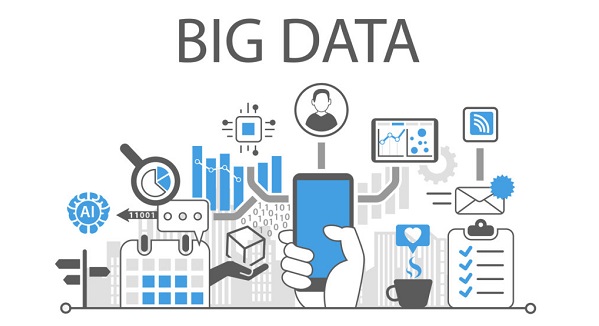Importance of Big Data in the Retail Industry
Big data is a very popular term in IT and business today, but what does it really mean. Well, Big Data are data sets that are so big that traditional data processing softwares can’t manipulate them. But that massive amount of data can be used to deal with business problems in a way companies weren’t able to before. The data can be both, structured and unstructured. It is collected from a number of sources such as emails, social media, mobile devices, apps, servers, etc.
Big Data is described by the following three characteristics (aka 3 Vs of big data):
- Volume – the quantity of available data;
- Variety – different types of data;
- Velocity – the speed of data processing.
This concept is very important for the retail industry (both online and traditional, brick-and-mortar one). Whenever a customer buys something, he or she shares personal details about their habits and consumption patterns with the seller. The seller can find out what they like, what they need, would they use coupons and if yes which ones, etc. Anything a customer thinks about when it comes to shopping can be found in these data sets (if you know how to look for it).
Best way to obtain this information is with loyalty programs. Every time someone swipes their loyalty card, the retailer knows what they bought, how much of it, what products they always buy together and similar information. If they know how to use this data, retailers will be able to make better offers for their buyers, even personalized ones…
Let’s see the biggest benefits of implementing Big Data into retail and how big names are successfully doing it. The ones that stand out the most and have a direct impact on the retailer’s profit and success are generating recommendations based on big data and forecasting demand.
Generating Recommendations
If a seller has purchasing history of his customer, he will be able to analyze it and use it to draw more sales. With this data, the seller can predict what the customer is likely to buy next and offer it to him with a discount, etc. Or simply, he can suggest products that are going to suit his needs the best. The products can be suggested based not only on that particular customer’s history but the ones similar to him.
Forecasting Demand
Retailers are able to understand what the market demands with this data. They have demographic data and based on that and economic indicators, sellers can predict what will be the next big thing or the most needed product in the next period. A very interesting example is the one with Walgreens and Pantene. They worked with the Weather Channel to see the weather patterns in order to customize product recommendations. Because of humidity that was expected in the next period, they knew (based on available data) that the anti-frizz hair products are going to be very much needed. So they put a lot of ads and in-store promotions to drive sales. Both companies benefited from this: sales of Pantene products at Walgreens increased, as well as Walgreens’ sales of hair care products during the same period.
Big data gives you access to a lot of information about your customers. It’s important to know what information to use, when and how.
In the end, the most important thing is the loyalty of your buyers. Any concept that helps that should be implemented in business strategies across companies. And Big data is definitely one of those things. It helps uncover patterns and trends when it comes to customer behavior, which is very valuable to retailers. If you know how to analyze those massive data sets you will be able to:
- Cut different costs;
- Save time;
- Develop new, more desirable products,
- Optimize promotions,
- Make smarter decisions.
Big data seemed like a thing of the future, but it’s a very common thing nowadays. What do you think is coming next in terms of data and data processing? Let us know.





